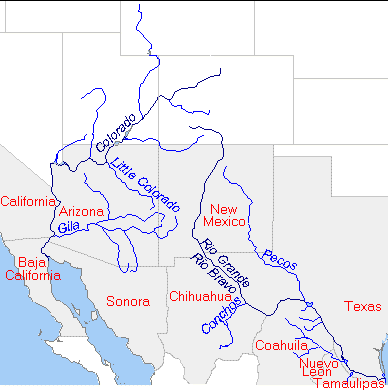
Posted on 01/13/2002 6:10:19 PM PST by Sabertooth

Democrat and Republican politicians are united in bipartisan refusal to protect our borders and uphold our laws. I think I've been missing the logic here, but I'm really, really trying. I'm thinking about leaving my place unlocked and my keys in the car... whatever it takes. I want to be compassionate and I want people who hate me to like me. Or at least sort of pretend to.
The colonistas are coming in hordes, shouldn't we all just shrug?
We can't read the billboards or understand the radio, shouldn't we just roll over and learned Spanish?
I want the people who don't respect me to be nicer about it.
I want the people who steal from me to be grateful that I let them.
I want the people who desire to take over my state and my country to feel good about themselves.
Most of all, I want the Republicans I vhelped elect to know they can take my vote for granted anytime they spit in my face.
Remember the Alamo!
Apparently, we already have.....
SO. CALIFORNIA - Highway sign, Interstate 5 between LA and Mexican border.
:
(sarcasm) If that happens, then where is the Hollywood Industry going to relocate to?
If they ever try to implement those designs, that will be a mistake of the highest magnitude.
As Sam Houston said: "Texas has yet to learn submission to any oppression, come from what source it may."
Suzanne Gamboa Associated Press
Texas Democratic gubernatorial primary candidates Dan Morales and Tony Sanchez will debate in Spanish, apparently a first-of-its kind event for a major political race.
Spanish-language networks have carried state and municipal debates before, but the Morales-Sanchez encounter will apparently be the first time candidates for a major office will take and respond to questions in Spanish, said Larry Gonzalez of the National Association of Latino Elected and Appointed Officials.
"I think it's an absolute indication of the power of the Hispanic vote -- particularly the fact that there are two Latino candidates," he said. "It is an indication of how far we've come."
Hispanics made up 33 percent of the Texas population of 20.9 million in 2000 and were responsible for 60 percent of the state's population growth in the 1990s, according to the U.S. Census. The nationwide Hispanic population grew almost 40 percent in the past decade.
Barbara Hankins, Texas League of Women Voters board member, said the debate is part of a broad trend to increase outreach to Hispanic voters. The league regularly publishes a nonpartisan voters' guide that has parts in Spanish. This year, the league is publishing an all-Spanish version.
"This is a way, one more effort on our part, to bring information to minorities and one of our things is everyone should vote," Hankins said. "We are hoping this can contribute to improvement in voting. I think this all-Spanish debate is just part of that trend, and I think it's a good thing."
Debating in Spanish should help the candidates reach the Hispanic voters on a cultural level, Gonzalez said. But in the end, the voters will want to hear about issues.
"It's a step in the right direction and it's going to continue to happen in campaigns throughout the country," Gonzalez said.
The debate will be carried by the Spanish-language Telemundo network. The date has yet to be determined. The Texas primary is March 12.
Texas is a lot closer to being lost than many realize. They haven't been paying attention, but the border has moved pretty far north and many parts of Texas are no longer English speaking for the most part. The democrats are working fast and furious ---they love those new votes along the border from people who are very accustomed to a one-party system and don't see any need in changing.
|
The Rio Grande and the Colorado are the two major rivers of the U.S.-Mexico borderlands. Both rivers rise in Colorado. From there, the Rio Grande flows generally southward until it reaches the sister cities of El Paso, Texas/Ciudad Juárez, Mexico. From that point on it forms the border between the United States and Mexico, flowing generally southeastward until it enters the Gulf of Mexico. The Colorado flows generally southwestward or southward in its course to the head of the Sea of Cortés (Gulf of California). Primarily a transnational river, it forms the international border between the U.S. and Mexico for a short stretch southwest of Yuma, Arizona. |
 |
Maps copyright Len Milich. This map originally appeared in Environment 40(8): 38.
Disclaimer: Opinions posted on Free Republic are those of the individual posters and do not necessarily represent the opinion of Free Republic or its management. All materials posted herein are protected by copyright law and the exemption for fair use of copyrighted works.